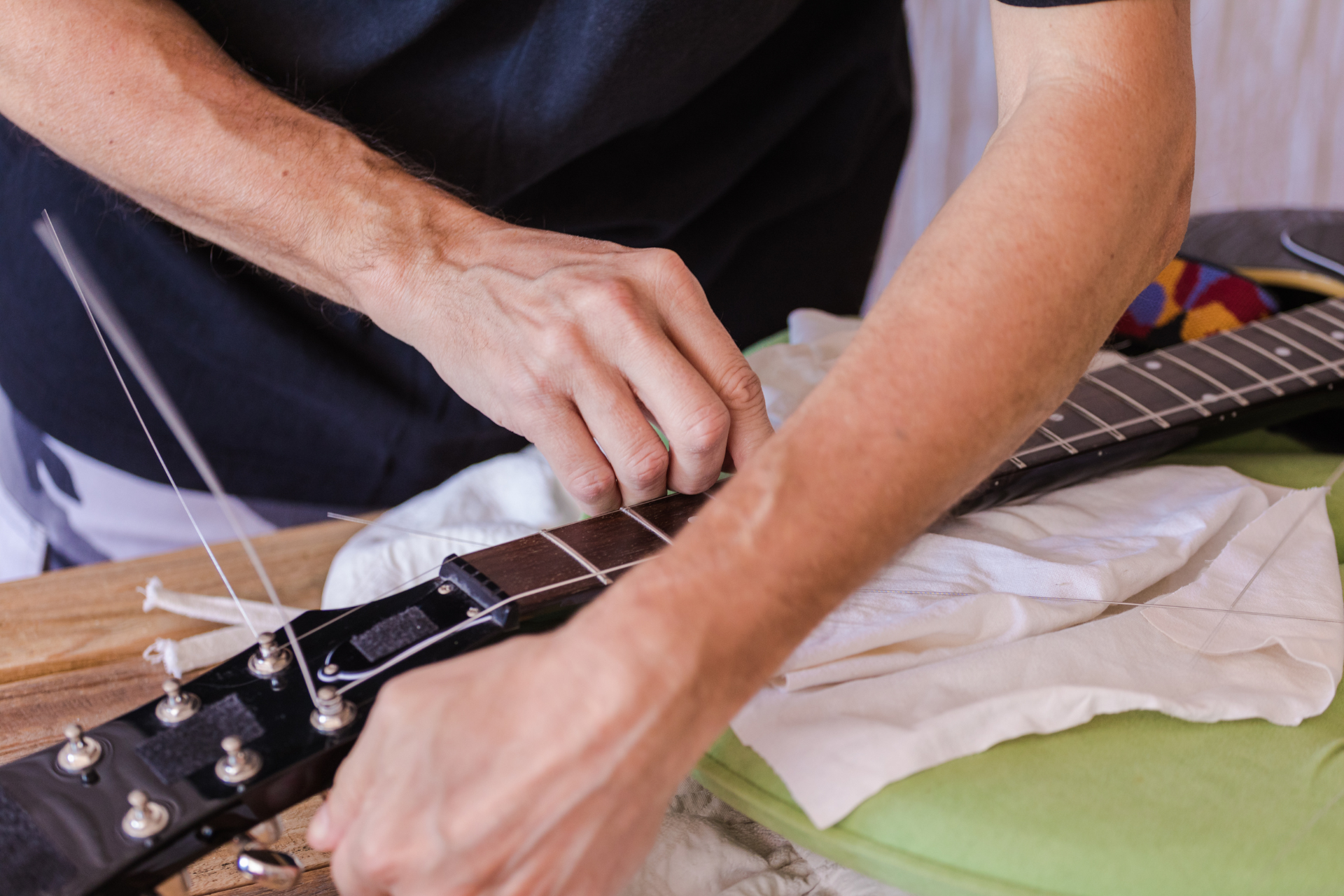General Articles
Guitar Maintenance Tips: Keeping Your Instrument in Top Shape
Owning a guitar is more than just having an instrument; it’s about nurturing a companion that can express your creativity and passion for music. Whether you play every day or only occasionally, proper maintenance is crucial to ensure your guitar remains in top shape. This guide will provide you with essential tips for keeping your guitar in excellent condition.
Understanding Your Guitar
Before diving into maintenance, it’s important to understand the basic parts of your guitar. This knowledge will help you identify which areas need attention. Key components include:
- Body: The main part of the guitar, affecting sound quality.
- Neck: Where the frets and fingerboard are located.
- Strings: The lifeblood of your sound; they need regular replacement.
- Bridge: Holds the strings in place and impacts intonation.
Understanding these components can help you make informed decisions about maintenance and repairs.
Regular Cleaning: The First Step in Maintenance
Keeping your guitar clean is essential for both aesthetics and performance. Dust and grime can affect sound quality and playability. Here are some cleaning tips:
Wipe Down After Playing
After each session, use a soft, lint-free cloth to wipe down the strings and body. This removes oils from your fingers and prevents corrosion on the strings.
Use the Right Products
Invest in guitar-specific cleaning products. Avoid household cleaners, as they can damage the finish. A gentle polish can enhance the shine of your guitar while protecting the wood.
Clean the Fretboard
The fretboard can accumulate dirt and grime over time. Use a suitable fretboard conditioner, especially if you have a rosewood or ebony neck. Apply it sparingly and wipe off any excess.
String Maintenance: Keeping Your Sound Fresh
Strings are critical to your guitar’s sound, and maintaining them is essential. Here are some string care tips:
Regularly Change Your Strings
Depending on how often you play, you should change your strings regularly. For daily players, this could mean changing strings every week, while casual players might do it every few weeks.
Choose the Right Strings
Consider the type of music you play when selecting strings. Lighter gauge strings are easier to play but may break more easily, while heavier strings provide more volume and sustain but require more finger strength.
Stretch New Strings
New strings tend to go out of tune quickly. After installing them, gently stretch each string to help it settle in. This can save you from constant tuning during your practice session.
Intonation and Action: Fine-Tuning Your Guitar
Proper intonation and action are vital for optimal playability and sound quality.
Checking Intonation
Intonation refers to whether your guitar is in tune across the fretboard. To check this, play a harmonic at the 12th fret and compare it to the fretted note at the same fret. If they don’t match, you may need to adjust the saddle position.
Adjusting Action
Action refers to the height of the strings above the fretboard. If your action is too high, it can make playing uncomfortable. Conversely, if it’s too low, you may experience buzzing. Adjust the bridge or truss rod to achieve a comfortable action.
Humidity Control: Protecting Your Guitar
Wood is sensitive to humidity, and fluctuations can lead to warping, cracks, or other damage.
Ideal Humidity Levels
Aim to keep your guitar in an environment with humidity levels between 40-60%. Use a hygrometer to monitor levels, and consider using a humidifier in dry conditions.
Storing Your Guitar Properly
When not in use, store your guitar in its case to protect it from temperature and humidity changes. If possible, keep it in a climate-controlled room.
Electronics Maintenance: For Electric Guitars
If you play an electric guitar, maintaining the electronics is crucial for sound quality.
Check Connections
Regularly inspect the input jack and any other connections for wear or corrosion. Loose connections can lead to unwanted noise or complete failure.
Clean Potentiometers
Over time, dust can accumulate in the pots (volume and tone knobs). A little contact cleaner can help keep them functioning smoothly.
Professional Setup: When to Seek Help
Sometimes, a DIY approach may not suffice. If you notice persistent issues with tuning, action, or sound quality, it might be time for a professional setup.
What to Expect from a Setup
A professional guitar setup includes adjusting the truss rod, action, intonation, and more. This ensures your guitar is perfectly tuned to your playing style and preferences.
Choosing a Technician
Look for a reputable guitar technician with experience. Ask fellow musicians for recommendations or check online reviews to find someone reliable.
A Commitment to Care
Maintaining your guitar is a commitment that pays off in the long run. By following these tips, you’ll ensure your instrument remains in top shape, allowing you to express your musicality without limitations.
For professional guitar maintenance and advice, visit Rhythm Music Shop. Serving Markham, Richmond Hill, North York, Scarborough, and the rest of the GTA, we’re here to help keep your instrument in perfect condition. Our experienced technicians are ready to assist you with any repairs or setups you may need. Don't wait—visit our shop today!

